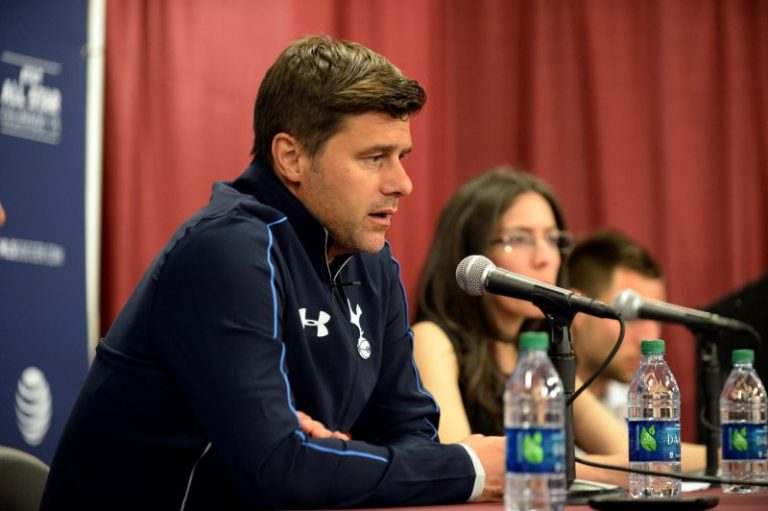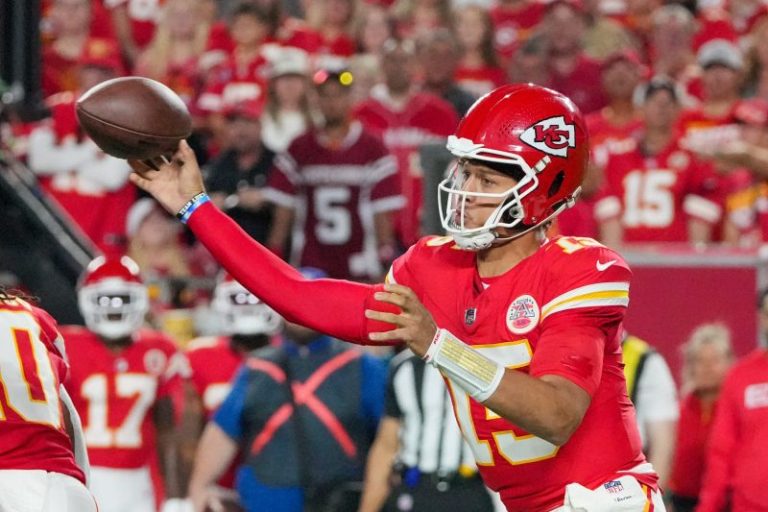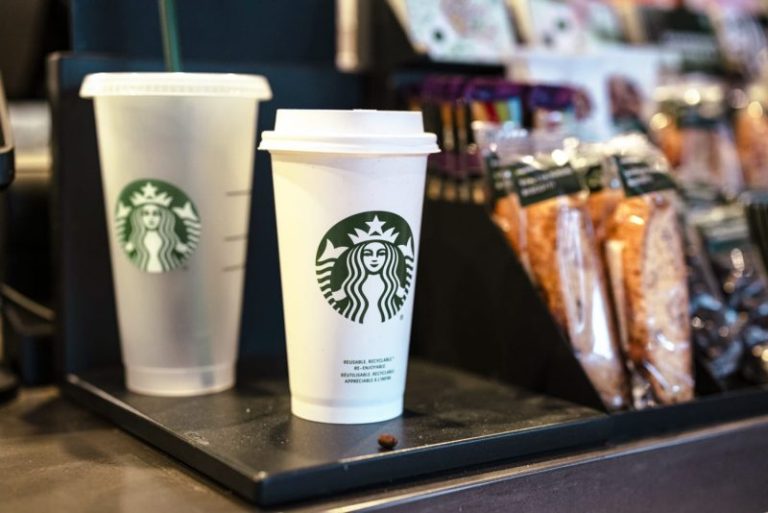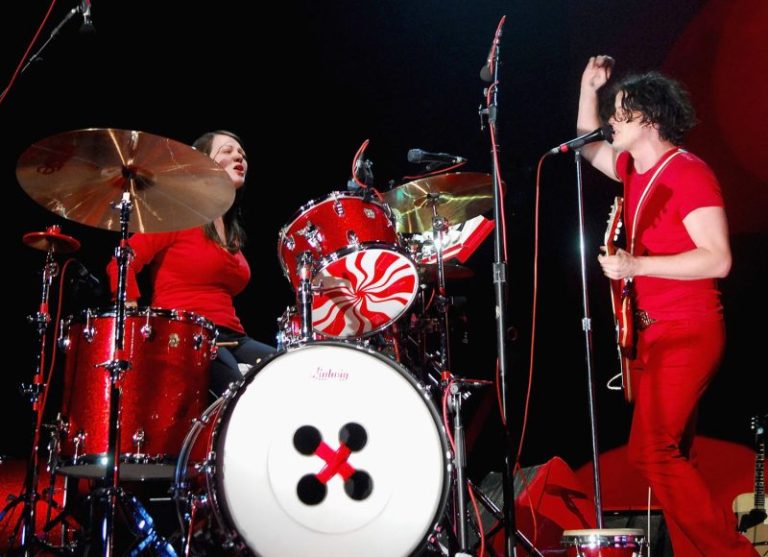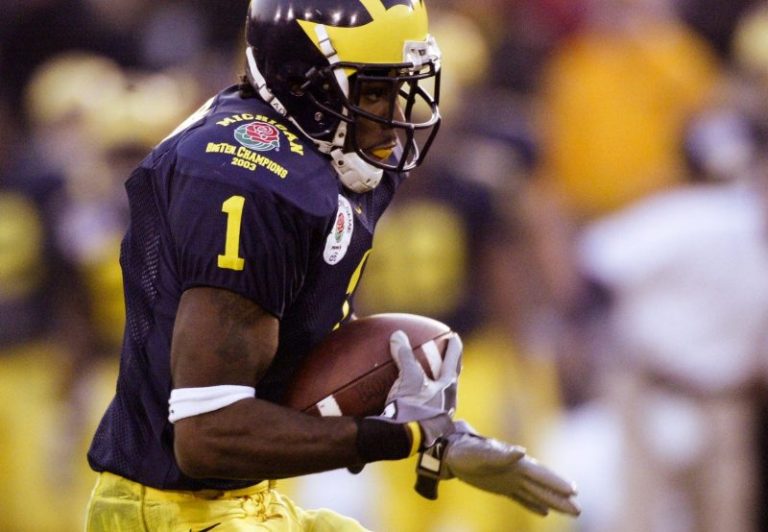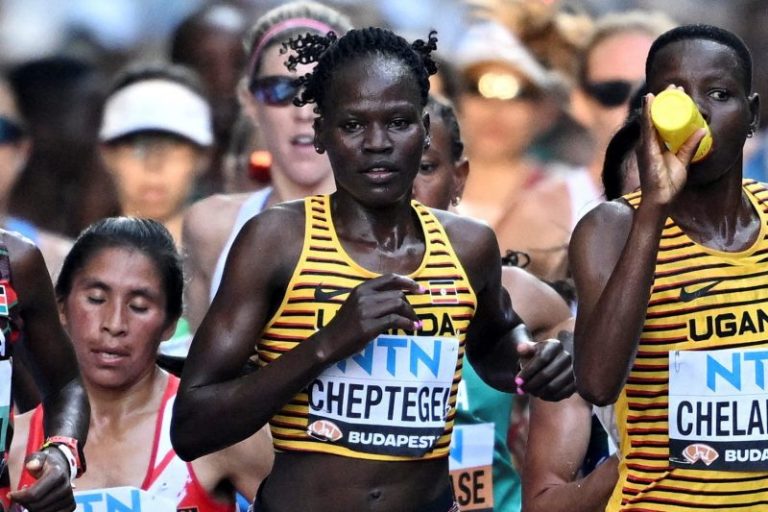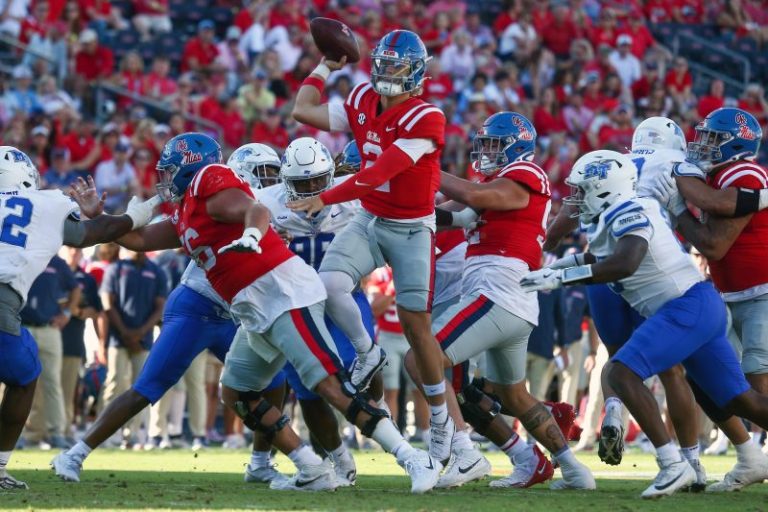The U.S. men’s national team has named Mauricio Pochettino as its new head coach, marking a major shift for the program.
It’s not just that Pochettino, 52, is a new voice with a different style of play from the team’s previous manager Gregg Berhalter. It’s that the Argentine — who has coached multiple Premier League clubs, and has had success in the Champions League — has the kind of proven track record at the top of the global game that U.S. Soccer has never been able to access for the USMNT.
When Berhalter was dismissed following a disappointing performance at the 2024 Copa América, few expected the USMNT’s next coach to be one of the world’s most in-demand options. Signing a coach of Pochettino’s profile illustrates just how seriously the federation is taking the 2026 World Cup, which is viewed at U.S. Soccer as a once-in-a-generation moment to grow the sport.
‘The decision to join U.S. Soccer wasn’t just about football for me; it’s about the journey that this team and this country are on,’ said Pochettino in a federation press release announcing the news. ‘The energy, the passion, and the hunger to achieve something truly historic here — those are the things that inspired me.
‘The opportunity to lead the U.S. men’s national team, in front of fans who are just as passionate as the players, is something I couldn’t pass up. I see a group of players full of talent and potential, and together, we’re going to build something special that the whole nation can be proud of.’
Here’s everything you need to know about the USMNT’s new head coach.
Who is new USMNT coach Mauricio Pochettino?
Until Pochettino signed his contract to lead the USMNT, he was one of the most sought-after names in world soccer.
Pochettino was born in 1972, and grew up in the small Argentine country town of Murphy. His career as a player began at Newell’s Old Boys, the same club where Lionel Messi got his start. Pochettino thrived as a center back, eventually moving on to play nearly 10 seasons (split across two stints) with Espanyol in La Liga. Pochettino also spent three seasons playing in France at Paris Saint-Germain and Bordeaux. He appeared 20 times for Argentina, including at the 2002 World Cup.
Less than two months after acquiring his UEFA Pro License, Espanyol — who at the time were in La Liga’s relegation zone — tasked him to keep the club in the top flight during a troubled 2008-09 season. Pochettino guided the team to a respectable 10th-place finish, installing his vision for a high-pressing style of play from the start.
After accomplishing a similar feat in one-and-a-half seasons at Southampton, keeping the unfancied side in the Premier League and guiding them to a solid eighth-place finish, Pochettino was hired by Tottenham Hotspur ahead of the 2014-15 season. There, Pochettino really rose to prominence, guiding the London-based club to its first top-three finish in 26 seasons in 2015-16. Spurs would climb one place higher the next season (its best finish since 1962-63) and also went to its first-ever Champions League final during the Argentine’s five-season tenure.
Pochettino then took charge at Paris Saint-Germain, where he won Ligue 1 in 2021-22, and most recently steered a troubled Chelsea side to sixth place. Despite finishing the season on a five-game winning streak, and losing just once in the final 15 Premier League matches of the campaign, the Blues and Pochettino parted ways somewhat acrimoniously in June.
Why did U.S. Soccer want Pochettino for the USMNT?
For one thing, U.S. Soccer wanted the best possible coach for the USMNT job and was willing to stretch to get a big name. The urgency centers on the 2026 World Cup, which the federation sees as a golden opportunity to boost the game’s importance in the United States. The USMNT has not gone beyond the round of 16 at a World Cup since 2002, and the goal under Pochettino is to finally take that step.
Beyond that, there is a bigger-picture goal at play: U.S. Soccer wants to change how it is perceived. Landing a coach of Pochettino’s class was not seen as likely after Berhalter was let go, both on account of finances and the general prestige associated with the USMNT job. Berhalter had coached in Europe and MLS before taking the USMNT job, but he’d never coached at the level Pochettino has. Previous coaches have either come from roughly that same level or had a less-than-stellar track record before taking the job.
In other words, this is a statement move from a federation that has been under increasing pressure to do better.
What will the USMNT look like under Pochettino?
Pochettino’s style of play has long emphasized a high-pressing, attack-first approach that dovetails with U.S. Soccer’s stated goals for the USMNT. The federation wants the team to win in a way that fans enjoy watching, and Pochettino’s sides — even at cash-strapped clubs like Espanyol and Southampton — have answered that call.
It seems safe to expect that Pochettino’s USMNT will build out of the back, and will likely toggle between formations based on whether they are attacking or defending. The specifics of what formation he’ll deploy are less clear, with Pochettino’s teams using different shapes based on the talent at his disposal.
Most likely, this means a system built around star attacker Christian Pulisic, who has played a wide variety of roles with the USMNT. Based on Pochettino’s success with Tottenham, fullbacks Antonee Robinson and Sergiño Dest (once he recovers from a torn ACL suffered in April) will also be major factors in whether the team can be assertive in breaking down organized defenses.
The two biggest challenges ahead for Pochettino? Talented strikers Folarin Balogun and Ricardo Pepi haven’t been maximized with the USMNT, while the team’s goalkeepers and center backs have been consistently inconsistent over the last 18 months.
How to watch USMNT under Pochettino
The USMNT has scheduled four friendlies over the coming months, with its opponents for FIFA’s November international window yet to be determined.
All games are available to stream across Max, Peacock, and fuboTV. TV listings vary.
All times Eastern. Home team listed first.
September 10: USMNT vs. New Zealand | 7 p.m. | TNT, truTV, Universo
October 12: USMNT vs. Panama | 9 p.m. | TBS, Telemundo, Universo
October 15: Mexico vs. USMNT | 10:30 p.m. | TNT
November 11-19: Opponents, locations, broadcast info TBD
Mauricio Pochettino stats, records, history
Espanyol (La Liga, Jan. 2009-Nov. 2012): 53 wins, 70 losses, 38 draws
Southampton (Premier League, Jan. 2013-June 2014): 23 wins, 19 losses, 18 draws
Tottenham Hotspur (Premier League, July 2014-Nov. 2019): 160 wins, 73 losses, 60 draws
Paris Saint-Germain (Ligue 1, Jan. 2021-July 2022): 56 wins, 15 losses, 13 draws
Chelsea (Premier League, July 2023-June 2024): 27 wins, 14 losses, 10 draws
We occasionally recommend interesting products and services. If you make a purchase by clicking one of the links, we may earn an affiliate fee. USA TODAY Network newsrooms operate independently, and this doesn’t influence our coverage.

